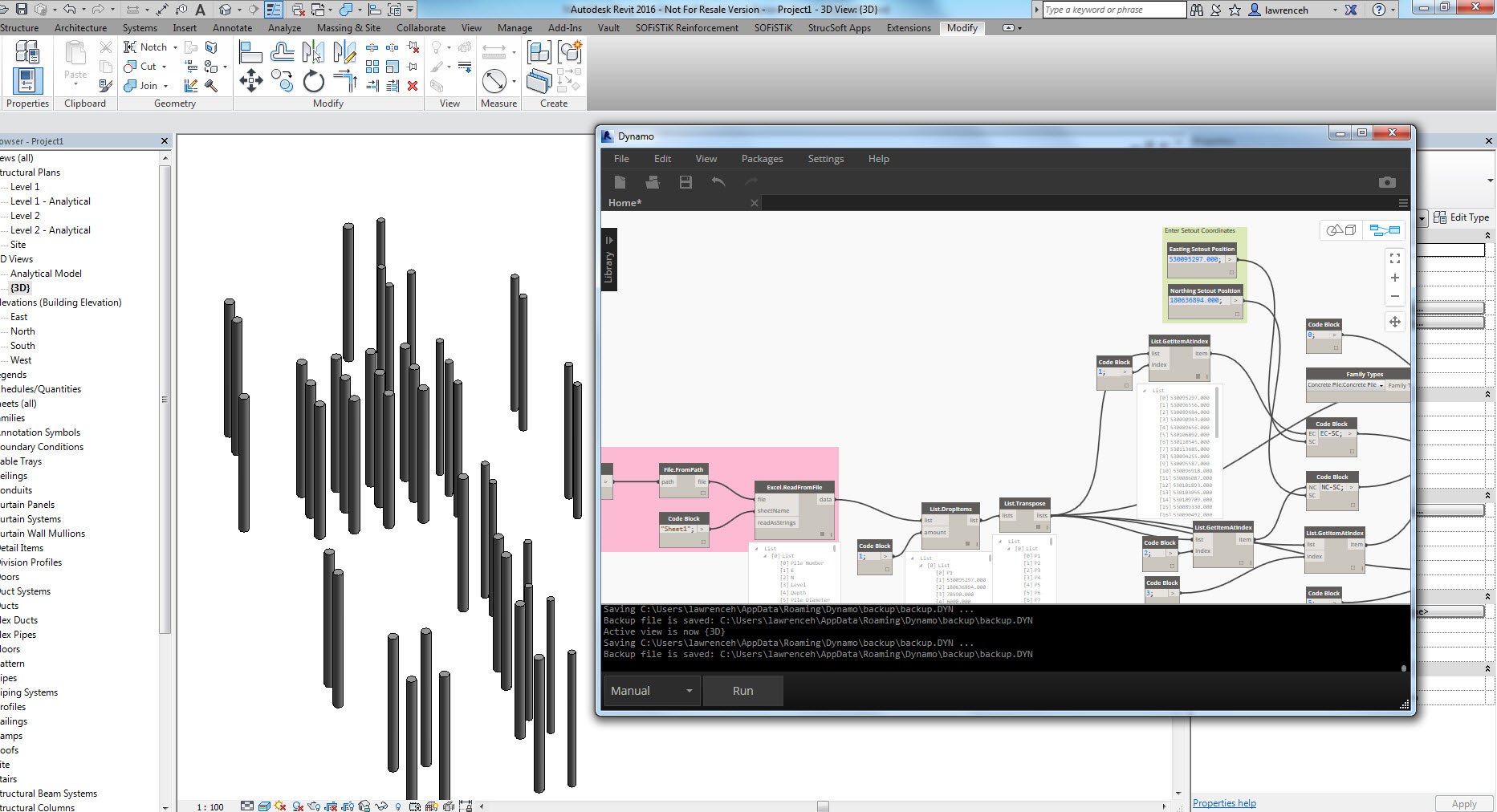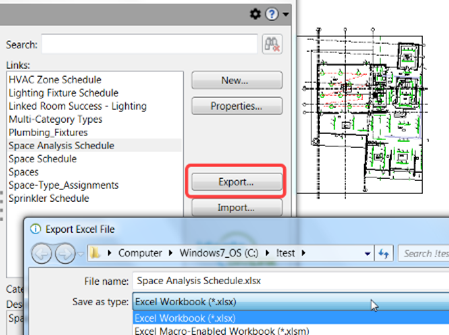Revit Tool Choice for Streamlined Modeling and Design
Excel Empowerment: Supercharge Your Revit Projects With Seamless Information Import
With smooth information import, Excel empowerment can be the secret to unlocking your task's complete potential. Picture simplifying the import procedure and maximizing efficiency through seamless data integration. In this article, we will certainly share suggestions and techniques for using Excel in your Revit projects.
The Power of Excel in Revit Projects
You can supercharge your Revit projects by using the power of Excel for seamless information import. Excel is a versatile device that can greatly boost your operations and efficiency in Revit (revit tools). With Excel, you can easily import and manage huge amounts of data, conserving you time and initiative
Among the crucial advantages of utilizing Excel in Revit is its capability to handle complicated estimations and solutions. You can utilize Excel to perform computations on your information, such as generating amounts, calculating expenses, or evaluating efficiency. This can be particularly helpful when collaborating with big projects that need considerable estimations.

On top of that, Excel offers a straightforward and familiar user interface for collaborating with information. You can arrange and manipulate your information in a spreadsheet format, making it simple to view and modify. When collaborating with others or when you need to make fast adjustments to your project information., this can be particularly handy.
Additionally, Excel enables you to conveniently import and export data between Revit and various other software applications. You can import information from exterior resources right into Revit, such as product requirements or equipment timetables, and export data from Revit to Excel for more analysis or reporting.
Streamlining Information Import With Master Revit
When making use of Excel as a device,Streamlining data import in Revit becomes much easier. With Excel, you have the power to seamlessly import and take care of huge quantities of data in your Revit tasks. By utilizing the familiar user interface and performance of Excel, you can save time and increase efficiency in your process.
One of the crucial advantages of utilizing Excel for data import in Revit is the capacity to quickly organize and adjust information before importing it into your project. With Excel's powerful attributes, such as sorting, filtering, and formulas, you can swiftly cleanse up and format your data to fulfill the needs of your Revit project.
Additionally, Excel allows you to import information from different resources, such as databases, spreadsheets, or perhaps web-based applications. This flexibility provides you the flexibility to collect information from various systems and settle it into one main area for very easy gain access to and management.
Additionally, Excel provides the option to develop custom templates for data import in Revit. By producing templates tailored to your job's particular demands, you can make certain uniformity and precision in your information import procedure.
Total, making use of Excel as a device for information import in Revit simplifies the procedure and enhances your performance. So why not take benefit of this powerful device and supercharge your Revit tasks with smooth data import making use of Excel?
Maximizing Efficiency With Seamless Information Integration
Maximize effectiveness by effortlessly integrating and taking care of information in your process. Gone are the days of manually inputting data into your system, losing priceless time and resources. With seamless information assimilation, you can enhance your processes and supercharge your performance.

When you have a seamless assimilation system in location,Managing information comes to be a breeze. You can quickly organize and classify your information, making it less complicated to get and evaluate. Bid farewell to the days of undergoing limitless spreadsheets for that one piece of details you need.

Excel Advice for Revit Projects
Additionally, you can make use of Excel to develop customized templates for information import and export. This method, you can ensure consistency and precision when transferring information between Revit and Excel. Overall, understanding these Excel techniques and suggestions will substantially improve your ability to handle and manipulate information in your Revit projects.
Taking Advantage Of the Excel-Revit Connection for Success
To take advantage of your Excel-Revit link, capitalize on the ability to easily integrate and move task information. By using this effective link, you can supercharge your Revit tasks and improve your process. With just a few simple steps, you can import information from Excel straight into Revit, conserving you time and guaranteeing precision.
One of the crucial advantages of the Excel-Revit connection is the capability to move data flawlessly. Whether you are importing schedules, space information, or perhaps geometry info, Excel gives an user-friendly user interface that permits you to organize and control your information before importing it into Revit. This indicates you can conveniently update and modify your job details in Excel, and with a couple of clicks, transfer those modifications straight right into your Revit version.
Along with transferring data, the Excel-Revit link additionally enables synchronization. This means that any type of modifications made in Excel can be instantly upgraded in Revit, ensuring that your project details is always up to date. This synchronization function is particularly beneficial when managing intricate and huge tasks, as it removes the need for manual data entry and reduces the risk of errors.
Conclusion
So there you have it - the revit plugins power of Excel in Revit projects can not be undervalued. By enhancing information import and making the most of effectiveness with seamless data assimilation, you can supercharge your tasks and attain success. With the Excel-Revit link, you have the tools to take your jobs to the next degree and attain phenomenal outcomes. So don't wait any longer, start harnessing the power of Master your Revit jobs today and unlock a world of possibilities.
You can supercharge your Revit projects by utilizing the power of Excel for smooth information import. With Excel, you have the power to effortlessly import and handle big amounts of information in your Revit projects (revit add ins). Overall, understanding these Excel tips and methods will substantially enhance your ability to take care of and control data in your Revit projects
Whether you are importing schedules, area information, or even geometry information, Excel gives an user-friendly user interface that allows you to arrange and manipulate your information prior to importing it into Revit. By simplifying data import and making the most of performance through seamless data combination, you can supercharge your tasks and accomplish success.